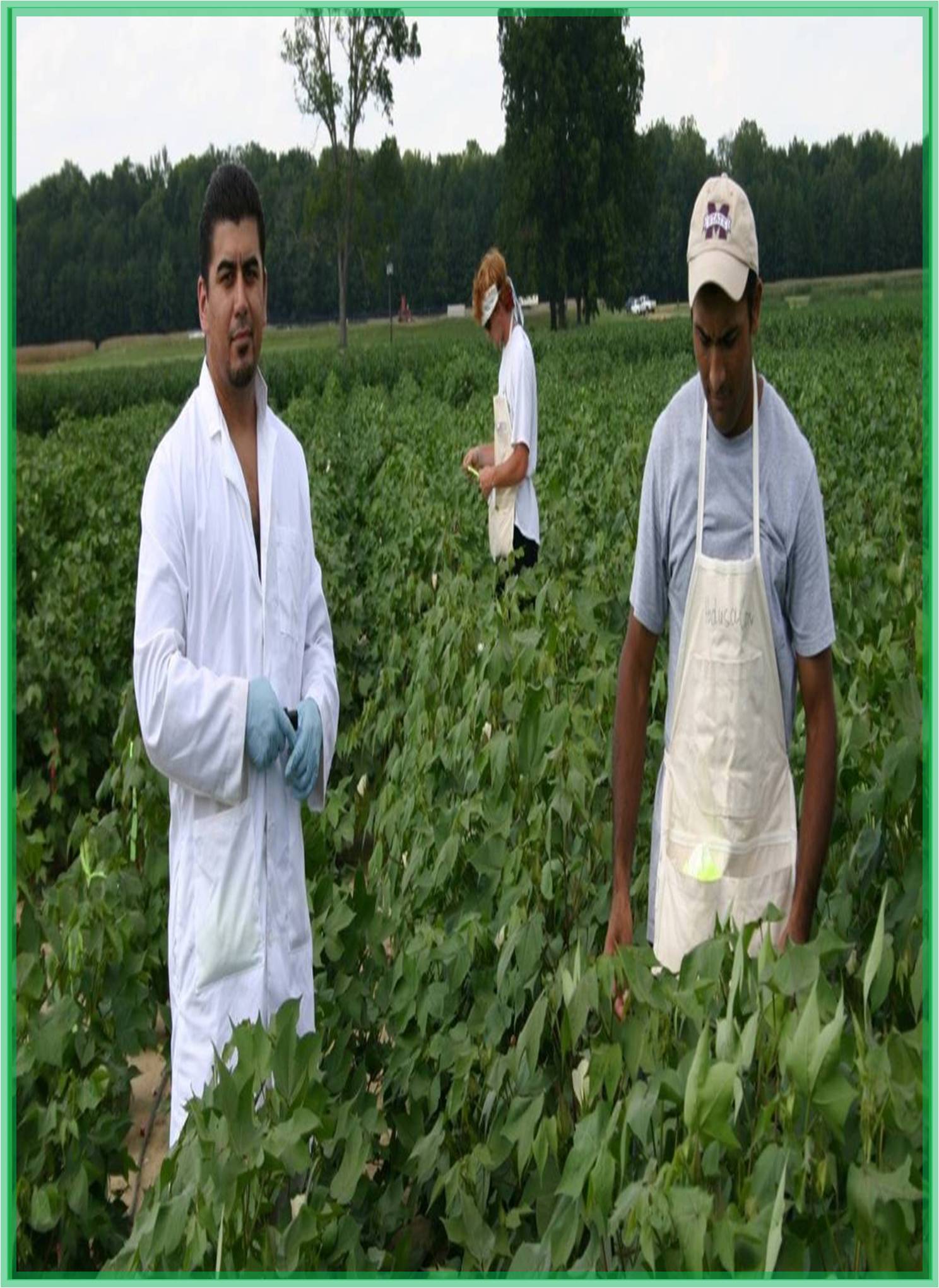



Received: 28-Feb-2022, Manuscript No. GJARR-22-59026; Editor assigned: 02-Mar-2022, Pre QC No. GJARR-22-59026(PQ); Reviewed: 15-Mar-2022, QC No. GJARR-22-59026; Revised: 19-Mar-2022, Manuscript No. GJARR-22-59026(R); Published: 31-Mar-2022, DOI: 10.15651/GJARR.22.9.4
Stomatal transpiration: The pores can only be 3% of the surface of the leaf, but most of the water loss is performed through these openings due to the need for photosynthesis. The pores are open to allow carbon dioxide for photosynthesis. However, this also leads to evaporation of water in mesophyll tissue in the leaf, as the high temperature factors are dry.
Cuticular transpiration: On the surface of the leaves are waxy cuticles where water vapour can evaporate. Here, unless the pores are closed, there is less water loss than sweating in the pores.
Lenticular transpiration: A small opening in the bark of some plants, the lenticel is another area where water loss is seen. This type of transpiration has the least water loss.
Importance
The speed at which water moves through plants due to transpiration plays an important role in maintaining the water balance of plants. This has many advantages for plants.
1. Nutrient absorption: This is one of the main advantages of the Cohesion Tension mechanism caused by transpiration that draws water from the soil to the roots. It transports water and other nutrients absorbed by the roots to sprouts and other parts of the plant.
2. Plant survival rate by heat and dry stress: Because of too much water loss, it depends on the transpiration rate. If water is often a limiting factor, most of the crops focus on attempts to improve the operation of plant water to improve productivity in combination with photosynthesis.
3. Evaporative cooling: Plant transparent results in leaf temperature.
4. Water balance of plants: this is maintained by transpiration. Plants absorb lot of water, and the transpiration is a means of removing excess water. Many of the water-absorbencies are used for photosynthetic, cell expansion and growth, but a single height of 20 meters of a single tree may take from 10 litres to 200 litres depending on the type.
5. Turgor pressure: it keeps the plant cells full and turgid, due to the transpiration stream of water from roots to shoots
Factors Affecting Plant Transpiration
Several external and internal factors work together to regulate transpiration rates at the plant level.
Exposure to sunlight is the most important factor, as the stomata are only open for hours during the day and can cause sweating. Aggregate stress
The Cohesion Tension theory, which explains how transpiration moves the water of a plant, shows how the atmosphere inside and outside the plant is connected.
The loss of water vapour from the leaves creates a negative water pressure or potential on the surface of the leaves. Water potential represents the tendency of water to move from one place to another. The water potential of the leaves is lower than that of the stem and lower than the water potential of the roots.
In addition, the attachment of water molecules to the xylem wall and the aggregation / attraction between water molecules attracts water to the leaves of tall trees.
The level of carbon-dioxide in the air that controls the opening of the pores also affects the transpiration rate. In addition, various biochemical and morphological characteristics of the plant also affect the transpiration rate.
• Orientation of the leaves
• Leaf area and shape
• Leaf surface properties such as thick cuticles and the presence of hair
• Root shoot rate
• Leaf and root hormones
• Age of the plant
Ecosystems, other factors such as species composition and plant density also play a role in determining large-scale transpiration rates.
Transpiration has two important aspects. It is the movement of water through the plants to the leaves and the movement from the leaves to the atmosphere. These two aspects are important on a factory and global scale.